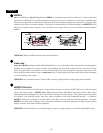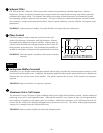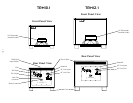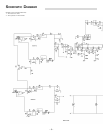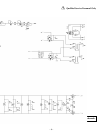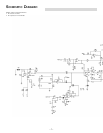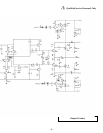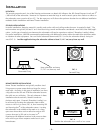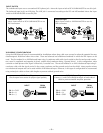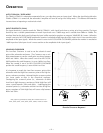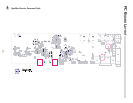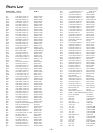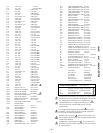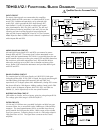
– 10 –
XLR Balanced Input
Check output from source for proper signal polarity
Pin 1 = GND
Pin 2 = (+)
Pin 3 = (–)
INPUT FROM
SOURCE
XLR Unbalanced Input
Connect (–) and GND (shield) terminals at both ends of
cable to prevent unstable amplifier operation
Pin 1 = GND
Pin 2 = (+)
Pin 3 = GND
INPUT FROM
SOURCE
XLR WIRING CONFIGURATIONS
Using the XLR Balanced Input is recommended for installations where long cable runs are used or when the potential for stray
electromagnetic fields from other wires exists. There are balanced and unbalanced methods in which the XLR inputs can be
used. The first method is an XLR Balanced Input using 3-conductor cable with signal carried on the first and second conduc-
tors, equal in amplitude and opposite in phase, and the third conductor being a ground "drain". In this configuration, noise
common on both phases of the signal is effectively "canceled" out. The second method is an XLR Unbalanced Input using 2-
conductor cable with the signal carried in the center conductor and the ground carried on the shield. Many popular mixers
use unbalanced outputs and can be used with the XLR Balanced Input. However, in this type of configuration we recommend
using twisted pair cable or short cable lengths to prevent residual ground noise.
INPUT SWITCH
The unbalanced input uses a conventional RCA phone jack. Move the input switch to RCA UNBALANCED to use this jack.
The balanced input jack is an XLR plug. The XLR jack is connected according to the IEC and AES standard. Move the input
switch to XLR BALANCED to use this jack.
Unbalanced Input
Move input switch to RCA UNBALANCED to use
RCA connectors
Balanced Input
Move input switch to XLR BALANCED to use the
XLR connectors



